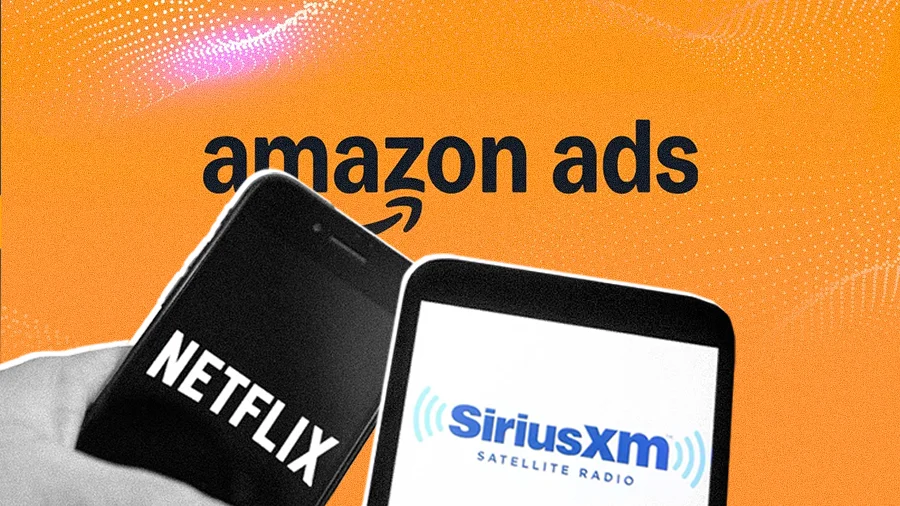


While the retail media industry publicly debates measurement standards, a senior executive at a major U.S. grocer claims the conversation misses the point.
He argues that the system persists because it works for retailers, and points to third-party tech platforms as a functional solution for cross-network performance tracking.
The executive identifies Amazon's growing walled garden as the more immediate strategic threat and urges the industry to refocus on the greater challenge: understanding shopper identity.
The lack of standardized metrics has long been a central challenge in retail media. While many pundits frame it as a major hurdle to growth, the view from the front lines is more nuanced. After all, the money continues to flow, pointing to a deep disconnect between the industry’s public narrative and its actual business priorities.
We spoke with Scott, a senior retail media executive at a major U.S. grocer and Fortune 50 retailer, and an expert whose perspective is shaped by two decades of managing multi-million dollar strategies for brands and agencies. For him, the industry's focus on a problem that isn't slowing business is a distraction from more pressing issues.
Scott's argument is straightforward: retailers have little financial incentive to help build a universal measurement framework that would diminish the value of their proprietary data. "I don't see a world where we would build out an entire retail media measurement framework, because what's in it for me as the retailer? The money is still flowing."
In his view, the industry needs to normalize the idea of imperfect measurement, drawing a parallel to the long-standing, accepted flaws in television advertising. His point is timely, echoing recent public criticism of Nielsen's data from major players like the NFL. It reinforces the idea that media buying has long been more than a purely quantitative exercise, relying on a blend of data and strategic judgment.
Faulty but functional: "Nielsen's panel has been broken since day one, but it was the best tool available. Brands still knew they were reaching millions when they bought the NFL. Digital has created this illusion that everything can be measured perfectly—but can it really?" Advertisers have always made billion-dollar bets on imperfect data, and retail media is no exception.
All bark, no bite: This dynamic helps explain why the system persists: there is little credible financial threat from advertisers to force a change. Even the industry’s most powerful spenders are unwilling to risk their business by pulling back spend. "A leader like Marc Pritchard of P&G could get up on a stage and threaten to pull spend until measurement is figured out, but I don't think he's going to do that in retail media. He knows it would be devastating to the business to do so."
But the market isn’t waiting for a standards committee. A layer of third-party technology already provides a functional workaround, giving buyers a unified dashboard to manage performance across networks. These tools can offer an important bridge for smaller retail media networks, evidenced by the recent partnership between Google and Criteo plugging a long tail of supply into a major demand source.
Tech to the rescue: "The tech layer of Pacvue, Skai, and Commerce IQ is solving the need. There are still no measurement standards, but at least in that view, brands and agencies can see cross-platform performance and move dollars around."
While these platforms build bridges, a more dominant consolidation is taking place under Amazon's leadership. Its recent advertising deals with giants like Netflix and SiriusXM are rapidly expanding its walled garden. The shift, in the executive's view, requires a strategic reassessment from competitors that champion the open web. He believes some are underestimating the threat, pointing to what he sees as a disconnect between their public positioning and the market reality.
Bigger garden, same walls: "Amazon's walled garden is getting bigger. I would be mindful if I were a media planner; you have to remember that while the insights are powerful, it's still just in the Amazon environment. I wouldn't put all my eggs in that basket." The higher the walls grow, the harder it becomes for competitors—and even advertisers—to see beyond them.
Wake-up call: "The Trade Desk has to bring their take rates down. Their CEO, Jeff Green, has said that Amazon could be a partner, but that underestimates the threat. He's got to see that they're coming, because big brands are switching to save money and get more insights." If Amazon keeps undercutting on cost while expanding its data advantage, partnership talk may quickly give way to survival strategy.
This points to his final conclusion: the entire focus on measurement is a distraction. With technology already providing functional workarounds, he suggested the industry's energy should be redirected toward a more fundamental challenge: understanding the shopper.
"It's not really about measurement; it's about trying to solve the identity gap. A unified view of what a shopper buys across different retailers could be valuable for media planning. I think for the buying platforms and identity providers, there's a space to join up and provide some value there."